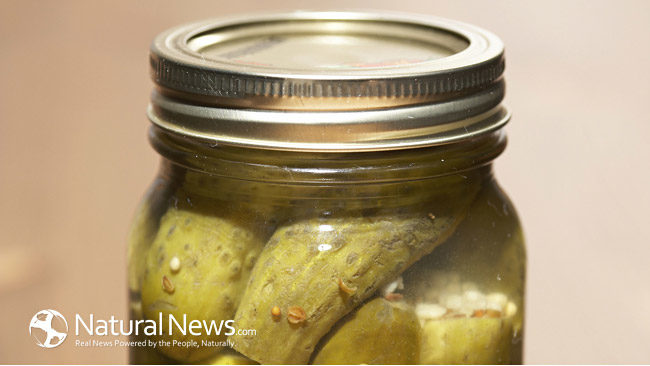Antibiotics refer to both natural and artificial substances that wipe out our prevent the growth of certain bacteria. The first antibiotic, penicillin, was discovered in 1927 by Alexander Fleming. Since then, antibiotics have saved millions of lives across the globe. Although they have beneficial effects, they have been hackneyed that new strains of bacteria resistant to these medicines were born and are now widespread. Fortunately, there exist natural alternatives that are relatively more powerful in a way that no strain of bacteria ever becomes resistant to them.
Probiotics
Probiotics, as the word suggests, are the opposite of antibiotics. They are live intestinal microorganisms, also known as good bacteria, that hinder the proliferation of detrimental bacteria, support proper digestion, improve the immune system, and enhance the body’s resistance to infection. Probiotic bacteria, such as Bifidobacteria and Lactobacilli, produce compounds, namely acetic acid, hydrogen peroxide and lactic acid, that hinder bacterial growth. They also produce other natural antibiotics called bacteriocins.
Dietary probiotics, specifically Lactobacilli and Bifidobacteria, are found in many foods, such as plain organic yogurt, as nutritional supplements. Different brands of yogurts vary in their bacteria strains and potency. Fruit-bottomed yogurts either do not have live bacteria or have an adulterated form unrecognizable by the body. Probiotic supplements are also available in capsule form which can be taken in two to four in divided doses.
Oregano oil
The oregano plant has proven to be the most effective of all the herbal plants that have been studied for antibiotic potential. In vitro studies show that the oil of oregano is as effective as leading commercial antibiotics. Moreover, oil of oregano is safer for internal use and better at inhibiting the development of resistant bacteria.
Garlic
The role of garlic as an antibiotic has been well documented. Garlic can directly kill infectious bacteria and protect the body from poisons that are causing the infection. Clinical research suggests that garlic is as effective as penicillin, streptomycin, erythromycin, and tetracycline. It is also effective against some bacteria that are already resistant to commercial antibiotics.
For consumption, fresh garlic is more effective than deodorized garlic. Garlic oil made from chopped fresh garlic soaked in olive oil can be taken internally or applied topically.
Bee propolis
Propolis, also known as “bee glue,” is a resinous substance collected by bees. A number of key antibiotic compounds, such as galangin and pinocembrin, are found in bee propolis. Propolis inhibits reproduction of H. Pylori, the bacterium associated with ulcers, and destroys E. coli and Candida albicans.
Tea tree oil
Tea tree oil is a topical substance derived from tea tree, which is native to Australia. It is used to treat a variety of skin infections, such as acne, athlete’s foot and nail fungus.
Turmeric
Turmeric as an antimicrobial has also been well documented. Like garlic, turmeric inhibits the growth of certain bacteria, parasites and fungi. Turmeric is also a good substitute for anti-inflammatory prescription drugs.
The above are 6 alternatives to antibiotics. In addition to being effective against bacteria, they are safer, cheaper, and more readily available than prescription antibiotics which many bacteria have become resistant to.





